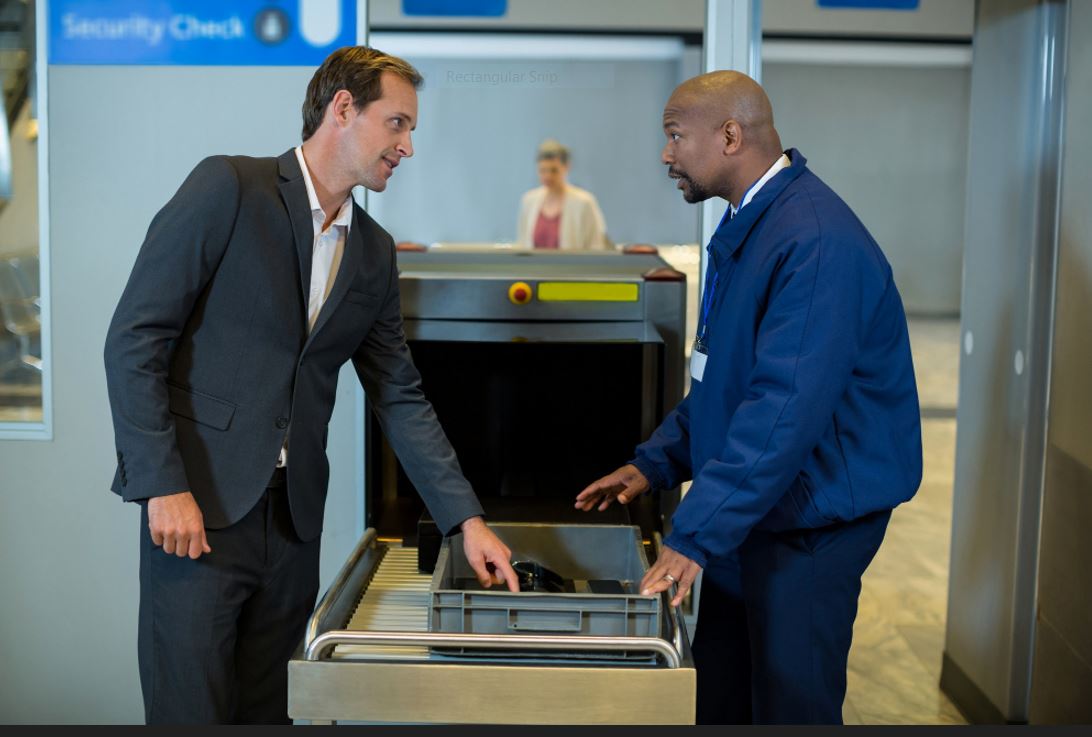The importance of security in air travel cannot be overstated, especially in a world where threats can evolve and manifest in various forms. As air travel has grown over the years, so too has the necessity for innovative and effective security measures. A crucial component of airport security is the technology used in screening passengers and their belongings. The airport scanner has undergone significant evolution since its inception, greatly enhancing both security and efficiency in airports across the globe.
Early Developments in Airport Screening Technology
In the early days of air travel, security measures were minimal, with screening primarily focused on ensuring passengers were not carrying weapons. The first attempts at airport scanning utilized metal detectors that could identify metallic objects on a passenger. However, these devices had limitations; they could only detect metal and were unable to identify non-metallic threats, such as explosives or other dangerous materials. As the threat landscape evolved, it became clear that more sophisticated technology was needed.
The introduction of X-ray machines in the 1970s marked a significant advancement in security screening. These machines allowed security personnel to inspect the contents of bags and luggage, revealing not only weapons but also a range of potentially hazardous items. However, early X-ray machines produced two-dimensional images that often required trained personnel to interpret, leading to potential oversight and missed threats.
Advancements in Imaging Technology
The turn of the 21st century brought a wave of technological advancements that reshaped airport scanner capabilities. The development of 3D imaging technology enabled screens to provide more detailed representations of bags and parcels. This innovation improved the detection of concealed items by allowing security personnel to view objects from multiple angles, significantly enhancing their ability to identify threats.
Moreover, software algorithms were introduced to assist in the analysis of scanned images. These intelligent systems can automatically flag suspicious items, reducing the reliance on human interpretation and minimizing the chances of human error. By integrating artificial intelligence and machine learning, modern airport scanners are not only faster but also more reliable in identifying potential threats.
Integration of Advanced Security Measures
Beyond imaging technology, modern airport scanners have incorporated various advanced security measures to enhance screening processes. For instance, the implementation of computed tomography (CT) scanners has revolutionized baggage screening. CT scanners create high-resolution, 3D images of the contents of bags, allowing for the detection of both metallic and non-metallic threats with exceptional accuracy. They can identify explosives and other contraband without the need for manual inspections, streamlining the screening process and significantly reducing wait times for passengers.
Furthermore, the integration of trace detection technology has become a common practice. This involves sampling surfaces of bags or items for traces of explosives or other dangerous substances. This dual-layered approach, combining CT scanning with trace detection, provides a comprehensive security solution that addresses a wide range of potential threats.
Enhancing Passenger Experience
While the primary goal of airport scanners is to ensure security, the evolution of this technology has also placed a strong emphasis on improving the passenger experience. Long wait times and invasive screening processes can deter travelers and create frustration. Modern airport scanner technology has been designed to enhance efficiency without compromising safety.
For example, automated screening lanes equipped with advanced scanners allow for a smoother flow of passengers. These lanes utilize conveyor belts and automated sorting systems to process bags quickly, reducing bottlenecks at security checkpoints. Passengers can pass through body scanners while their belongings are screened simultaneously, which expedites the entire process.
Moreover, the implementation of body scanners has facilitated a more efficient screening experience for travelers. Unlike traditional metal detectors, body scanners can detect a variety of concealed items, including non-metallic threats. Passengers can often keep their belongings on their person, leading to a more seamless and less intrusive screening process.
Addressing Privacy Concerns
As with any technology that involves personal security, the use of advanced airport scanners has raised concerns regarding privacy. Early iterations of body scanners generated detailed images of passengers, leading to apprehension about the potential for invasion of privacy. In response to these concerns, regulatory bodies and manufacturers have worked to develop privacy-focused solutions.
Modern body scanners now utilize advanced imaging algorithms that generate generic outlines of individuals rather than detailed images. This approach helps mitigate privacy issues while still providing effective threat detection capabilities. Additionally, strict protocols are in place to ensure that images are not stored or transmitted, further easing passengers’ concerns.
Future Directions in Airport Scanner Technology
Looking ahead, the evolution of airport scanner technology is likely to continue at an accelerated pace. Ongoing research and development in materials science, artificial intelligence, and machine learning hold the promise of even more sophisticated screening systems. Innovations may include real-time threat analysis, improved algorithms for detecting a broader range of materials, and enhanced integration with other security measures.
As the aviation industry faces ever-changing challenges, the need for effective security solutions will remain paramount. The evolution of airport scanners represents a critical component of this ongoing effort, balancing the dual imperatives of safety and efficiency in air travel. By embracing new technologies and continuously refining existing systems, airports can ensure a secure environment for passengers while also providing a streamlined travel experience.
In conclusion, the advancements in airport scanner technology have significantly transformed air travel security. From early metal detectors to modern 3D imaging and trace detection systems, each evolution has contributed to enhanced safety and efficiency. As we look to the future, it is essential that airports continue to innovate and adapt in order to meet the ever-changing demands of global travel security.
Enhancing Security and Efficiency: The Evolution of Airport Scanner Technology

